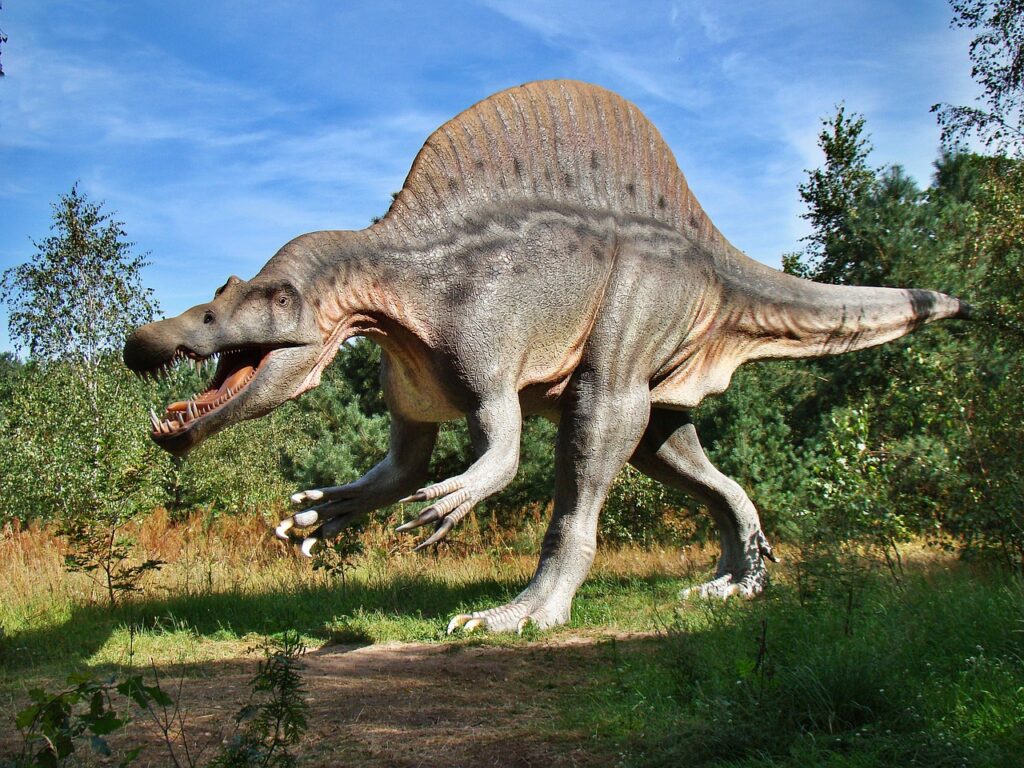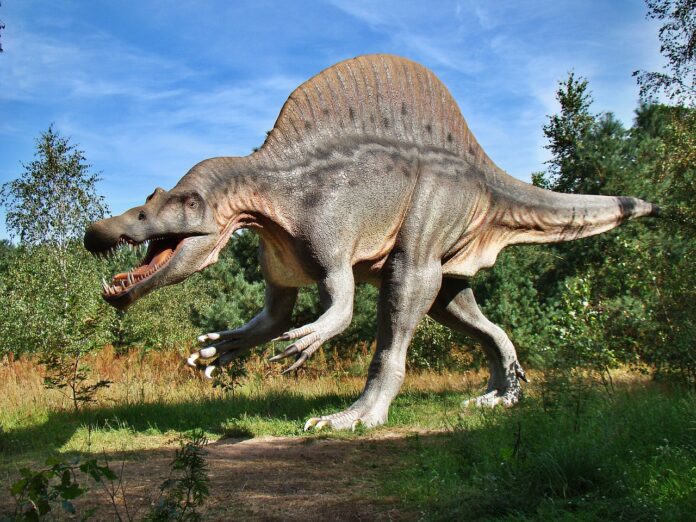
Dinosaurs have long fascinated scientists and the public alike, sparking questions about their size, behavior, and evolution. But one mystery has remained particularly elusive: what did dinosaur genitals look like, and how did they reproduce? Unlike bones, soft tissues like genitalia rarely fossilize, leaving paleontologists to rely on comparisons with modern-day reptiles and birds to piece together the puzzle.
Birds and crocodilians, the closest living relatives of dinosaurs, provide key clues. Many birds and some reptiles possess a cloaca—a single opening used for excretion, mating, and egg-laying. It’s widely believed that dinosaurs likely had a similar structure. In fact, the first-ever fossilized cloaca from a dinosaur was discovered in 2021 in a Psittacosaurus specimen, offering a tantalizing glimpse into their reproductive anatomy. However, the fossil only provided limited information, leaving many questions unanswered.
The search for dinosaur genitals isn’t just about satisfying curiosity; it’s also about understanding their behavior and evolution. How did mating rituals work for such massive creatures, especially for species like the towering sauropods or the fearsome Tyrannosaurus rex? Did they engage in courtship displays similar to birds, or were their mating habits more akin to those of crocodiles?
Advances in technology, such as imaging techniques and molecular analysis, may eventually help fill in the gaps. Until then, the quest to unravel this peculiar prehistoric mystery continues, blending science, speculation, and a touch of imagination.

